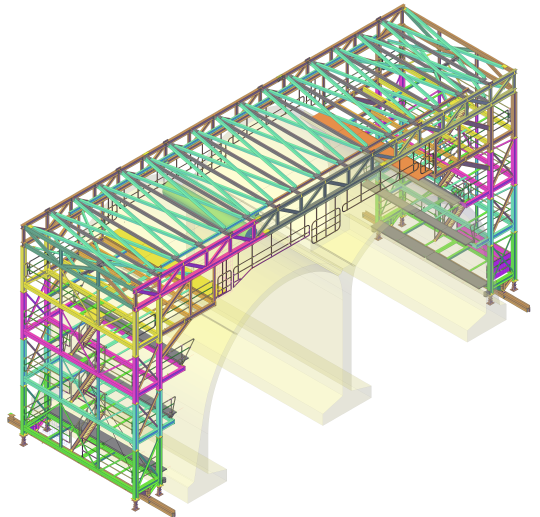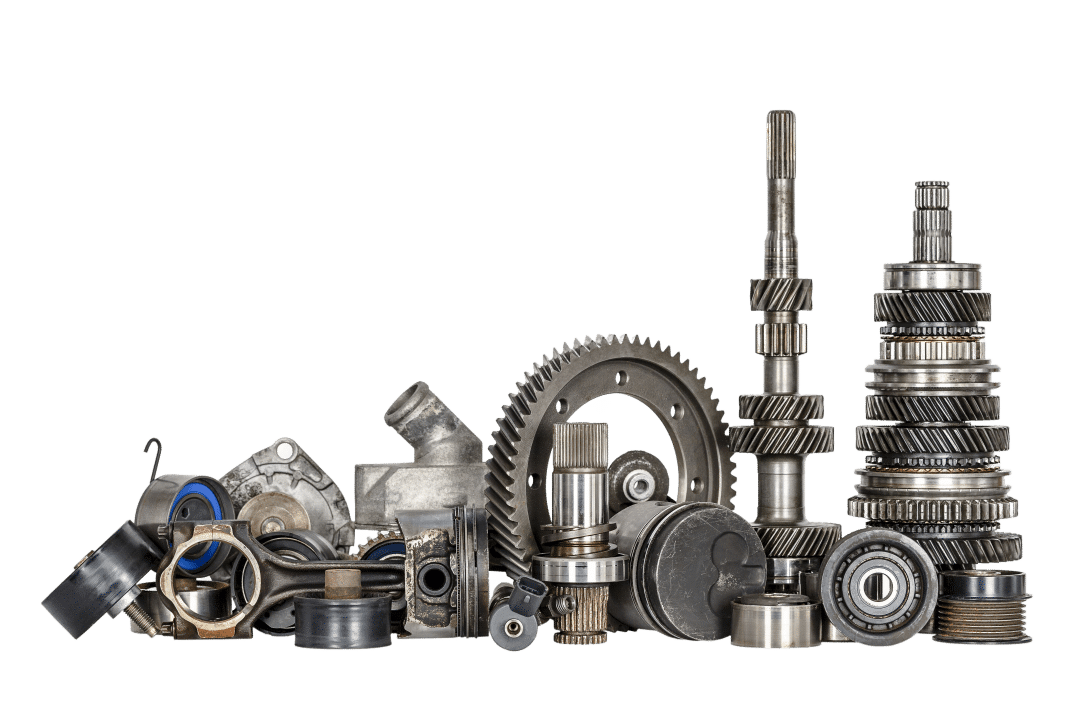When machinery or equipment incurs a fault, it is tempting to look to replace the entire machine and to use this opportunity to update processes in line with the latest designs and developments. Whilst this can be an effective strategy for many businesses or processes within a single business, many situations could be adequately resolved at far lower cost through reverse engineering of replacement parts. In many cases, such reverse engineering not only offers the ability to reduce costs, there is also the opportunity to pursue improvements to design or operation through analysis of parts in isolation or along with other aspects of the machinery. Reverse engineering enables analysis of mechanisms and even redesign, an opportunity to correct design flaws and to truly understand the operation of your machinery.
Maintaining machinery using reverse engineering
Traditional methods for reverse engineering used manual assessment of the mathematics behind different parts and models, requiring a lengthy process using callipers, tools and micrometers. With the help of digital technology, it is much easier today to reverse engineer 3D technology. Using a 3D scanner or portable CMM, it is easy to collect the information required for computer analysis. Design software with a reverse engineering element can then be used to consider specific parts and/or the operation of a machine in its entirety. Sophisticated software makes it easy to scan in a broken model, mould or part. Individual entities can be hard probed into a computer aided design (CAD) or a laser scanner can be used to scan models, moulds or parts, producing information that can then be processed and brought into a CAD package for repair, design or manufacturing applications downstream.
Repair and maintain rather than replace
Maintaining and repairing machinery can have many advantages when compared to replacing broken equipment. In some industries, machinery may have become prohibitively expensive in the time between initial purchase and breakdown. Even at pre-existing prices replacement can be very expensive. Financially, there are savings to be made from this strategy. Logistically it can also be far easier – the expense, in time as well as money, of moving cumbersome equipment, can really impact a bottom line. Breakdown and subsequent replacement can add time to a production process that can even shut down a whole manufacturing location. Sometimes machinery is so large that it cannot be moved – reverse engineering to facilitate repair is a no-brainer in such cases. Machinery and software used to reverse engineer elements can be portable – engineers can quickly attend your site to take necessary measurements. This, in turn, makes the process far quicker. An on-site team can email data to their design and manufacturing teams and replacement parts can be dispatched quickly.
Quick read – the key benefits for your business
We could spend a long time preaching the benefits of reverse engineering for your business. But rather than waste your time, and in the spirit of efficiency that characterises this element of the process, we’ve condensed the advantages into a handy little list:
– Speed of repair and associated cost savings
– Cheaper than replacement
– Greater control over maintenance
– Ability to improve through redesign
– Increased understanding of your machinery and manufacturing processes
– Logistical ease
To learn more about how reverse engineering could work to improve efficiency and reduce costs in your business, contact us today. Even if you’ve not yet encountered a manufacturing issue or problem, we’d be more than happy to talk to you about preventative strategies and/or to keep you in the loop on developments in our methods, processes and tools.



